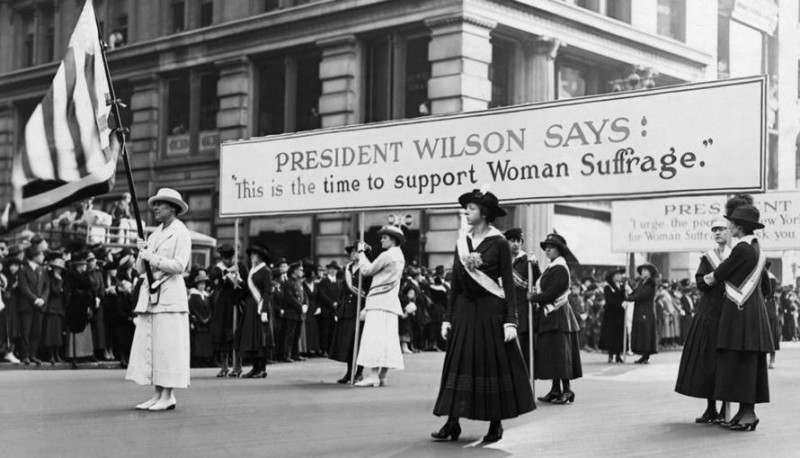
1. Introduction: The Struggle for Women's Rights
The fight for women's rights has been a long and arduous journey, marked by significant milestones and determined individuals who championed equality. One of the most pivotal moments in this struggle was the Women's Suffrage Movement in the United States, which ultimately led to the ratification of the 19th Amendment in 1920. This article delves into the history, key events, and lasting impact of this groundbreaking movement.
2. Emergence of the Women's Suffrage Movement
The roots of the Women's Suffrage Movement can be traced back to the early 19th century when women began advocating for their right to vote and actively participate in shaping the political landscape. However, it wasn't until the mid-19th century that the movement gained significant traction and visibility.
3. Early Advocacy Efforts and Organizations
During the early years of the Women's Suffrage Movement, several notable figures emerged as champions for women's rights. Prominent among them were Susan B. Anthony, Elizabeth Cady Stanton, and Lucretia Mott, who played vital roles in organizing the groundbreaking Seneca Falls Convention of 1848.
4. Milestones in the Women's Suffrage Movement
4.1 Seneca Falls Convention of 1848
The Seneca Falls Convention marked the first organized gathering explicitly focused on women's rights. It resulted in the signing of the Declaration of Sentiments, which demanded women's suffrage and challenged the prevailing societal norms of the time.
4.2 Formation of the National American Woman Suffrage Association (NAWSA)
In 1890, the National American Woman Suffrage Association (NAWSA) was established, becoming a key driving force behind the movement. Led by influential figures such as Susan B. Anthony and Carrie Chapman Catt, NAWSA played a pivotal role in coordinating state-level campaigns and lobbying for suffrage.
4.3 The Silent Sentinels and the White House Protests
In an effort to intensify the movement, suffragettes engaged in peaceful protests outside the White House. Known as the Silent Sentinels, these brave women faced harsh treatment, including arrests and force-feeding, which brought attention to their cause.
4.4 The Tactics of Suffragettes
Suffragettes employed various tactics to garner support and raise awareness, including public speeches, marches, and civil disobedience. Their determination and resilience played a significant role in capturing public attention and generating momentum for the movement.
5. Opposition and Obstacles
Despite the growing support for women's suffrage, the movement faced vehement opposition from both men and women who believed in the traditional gender roles of the time. Anti-suffrage groups argued that women's suffrage would disrupt the social order and diminish the sanctity of the family.
6. World War I and Its Impact
World War I proved to be a turning point for the Women's Suffrage Movement. Women's contributions to the war effort, both on the home front and in various roles overseas, highlighted their capability and dedication. This increased recognition and appreciation helped shift public opinion in favor of suffrage.
7. The 19th Amendment: Ratification and Aftermath
After decades of tireless campaigning, the 19th Amendment, granting women the right to vote, was finally ratified on August 18, 1920. This watershed moment marked a significant victory for the Women's Suffrage Movement and forever changed the political landscape of the United States.
8. Legacy and Lasting Impact
The ratification of the 19th Amendment had far-reaching consequences beyond granting women the right to vote. It paved the way for subsequent advancements in women's rights, including increased representation in government, improved access to education and employment, and broader social and political empowerment.
9. Conclusion
The Women's Suffrage Movement in the United States was a courageous and determined struggle that spanned decades. Through the unwavering dedication and sacrifices of countless women and their allies, the movement achieved a monumental victory with the ratification of the 19th Amendment. This milestone not only transformed the lives of women but also propelled the nation towards a more inclusive and democratic society.
ISRO to launch Chandrayaan-3 on Friday, Know All about the mission
Manipur Violence: Tribal Leader Forum Regrets Kuki Zo Conflict